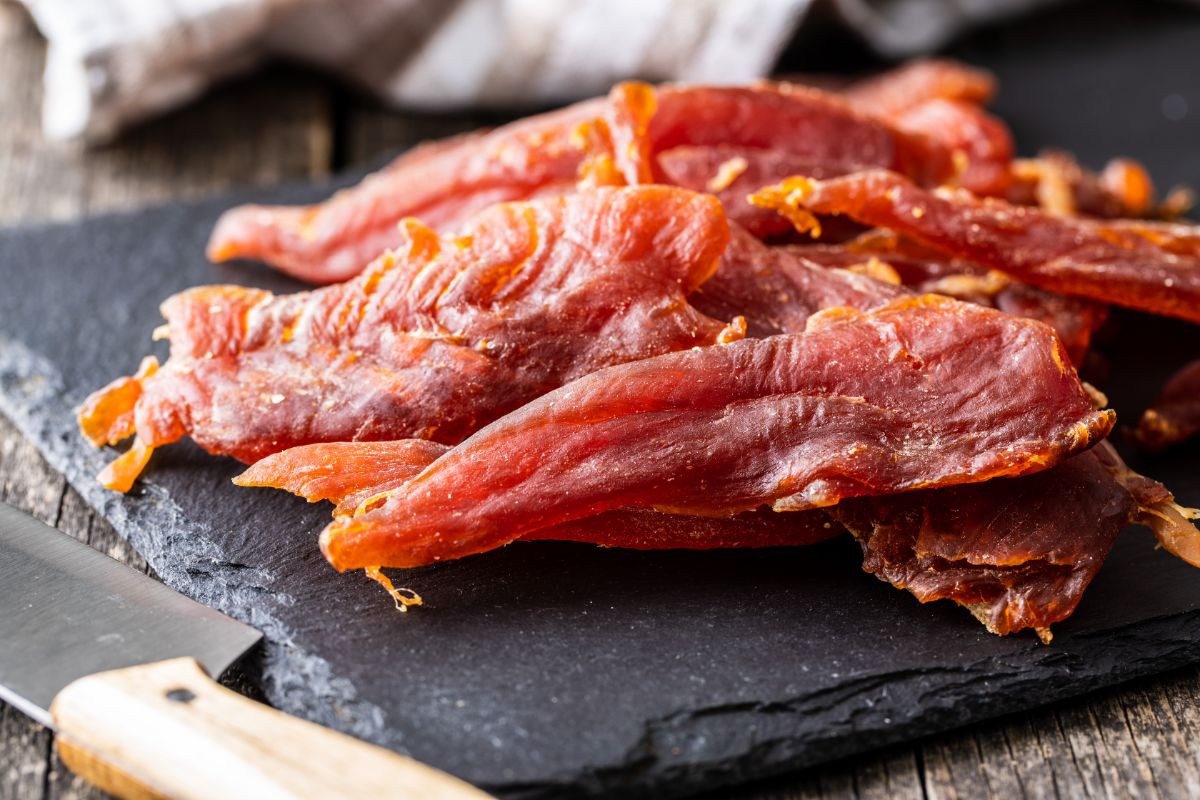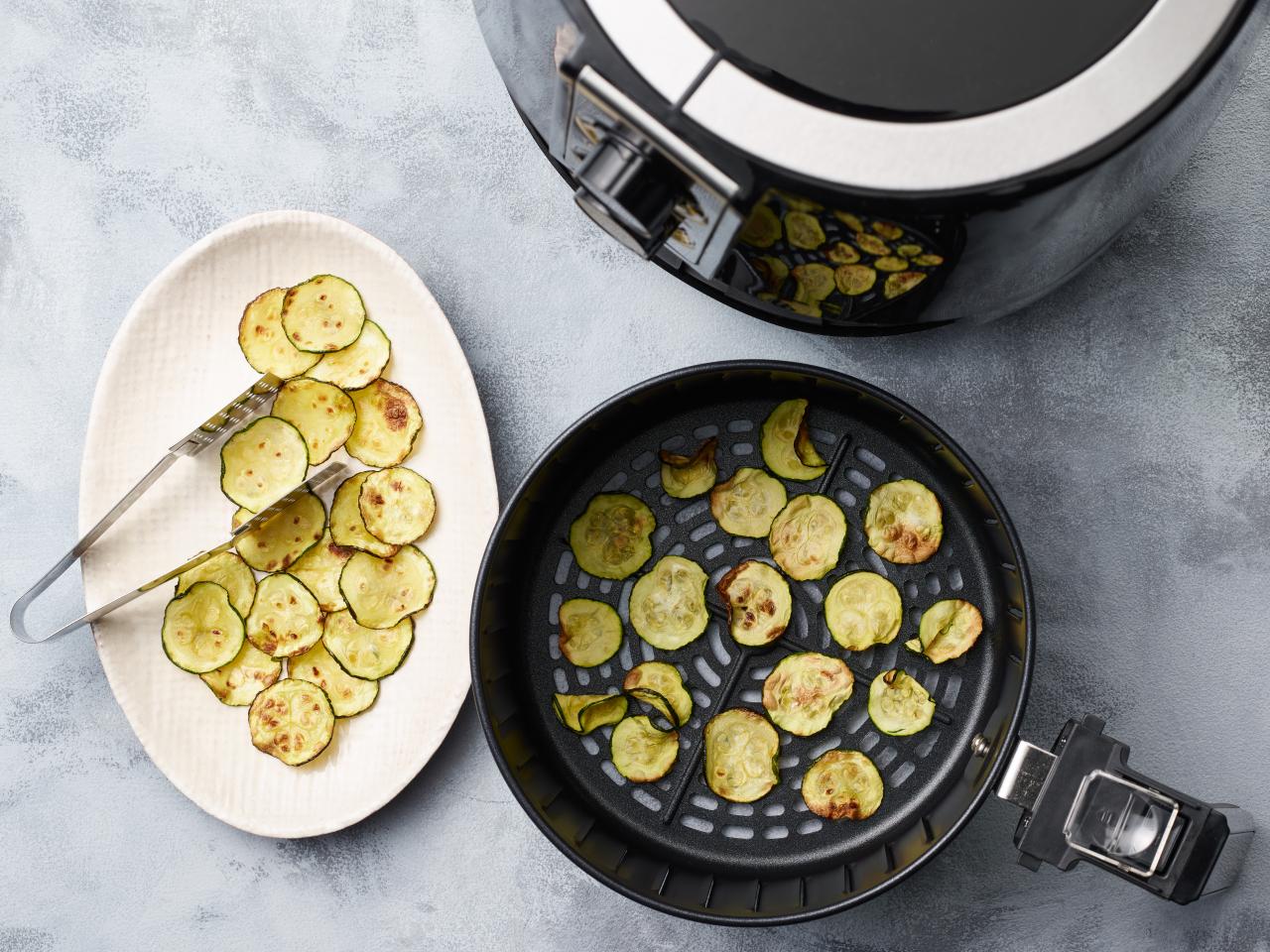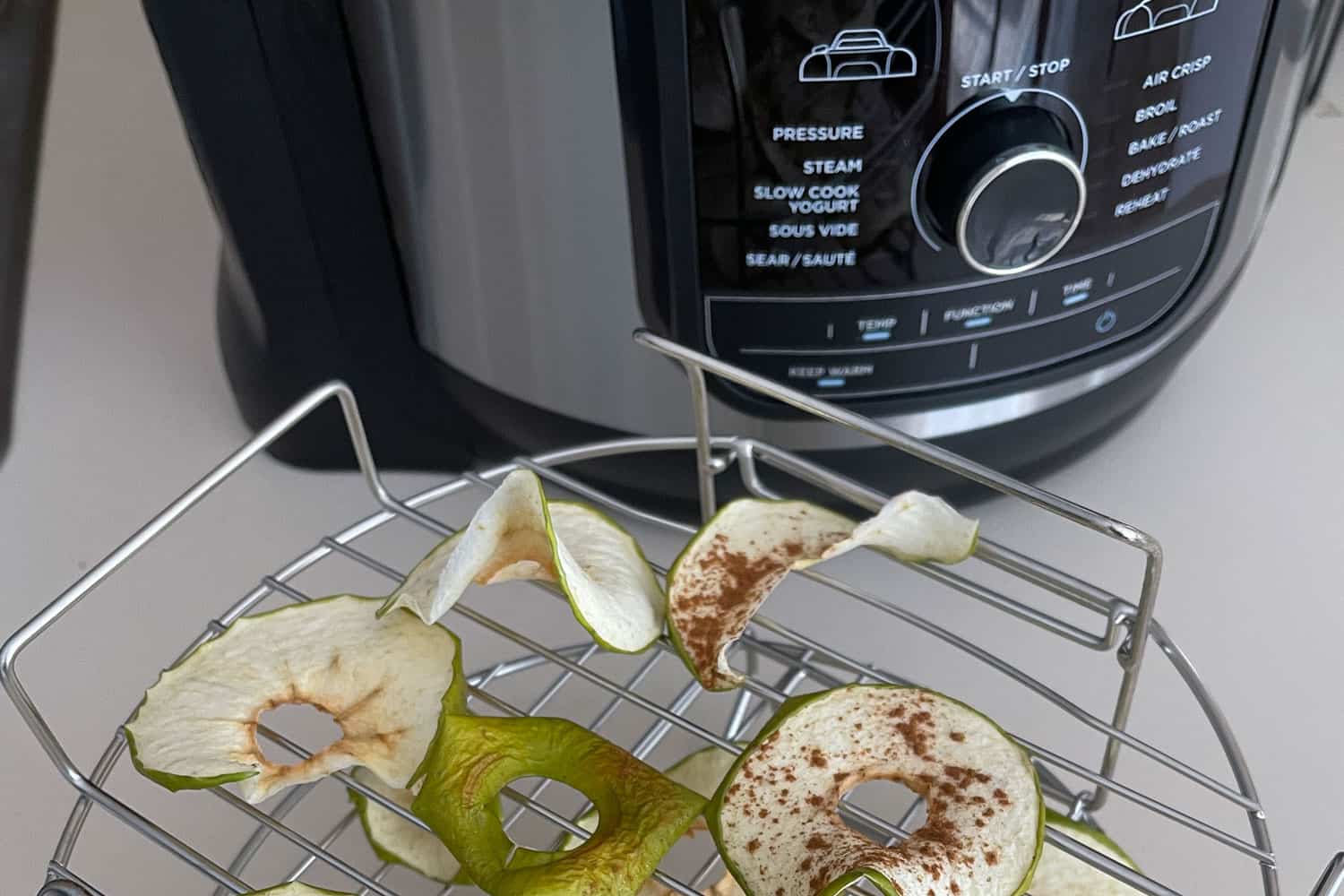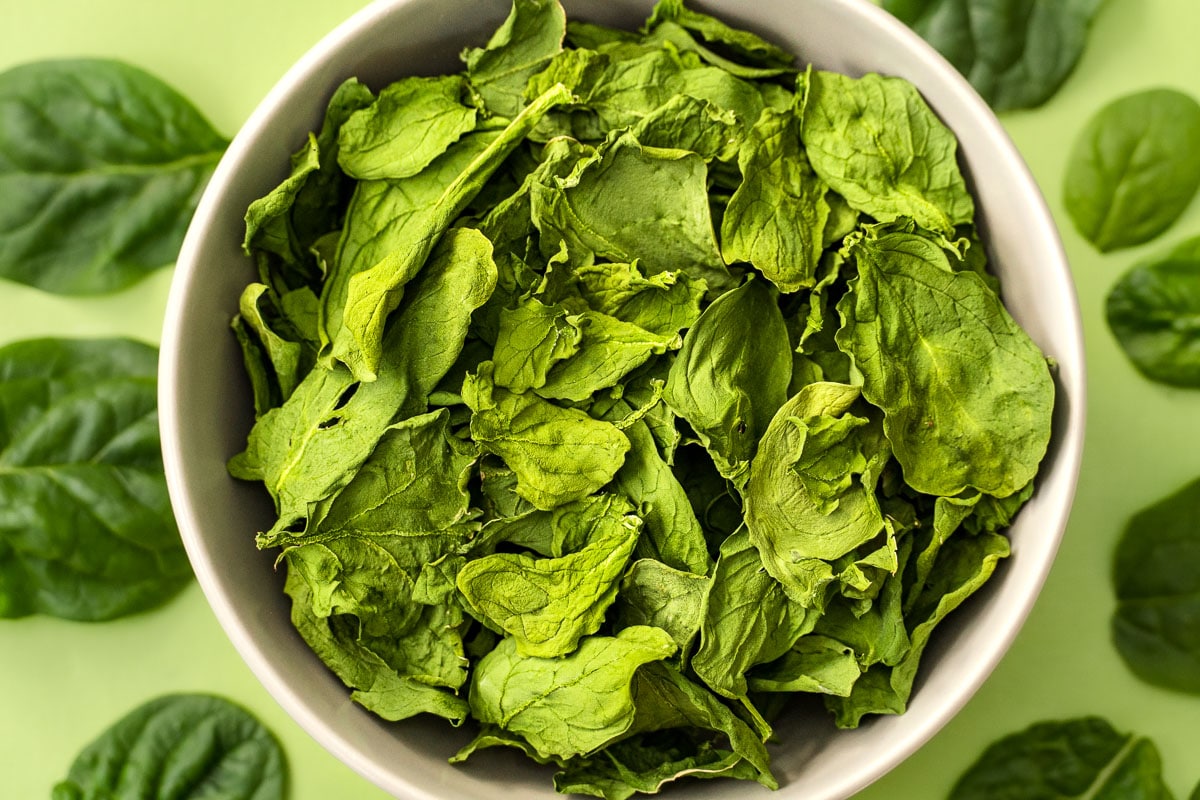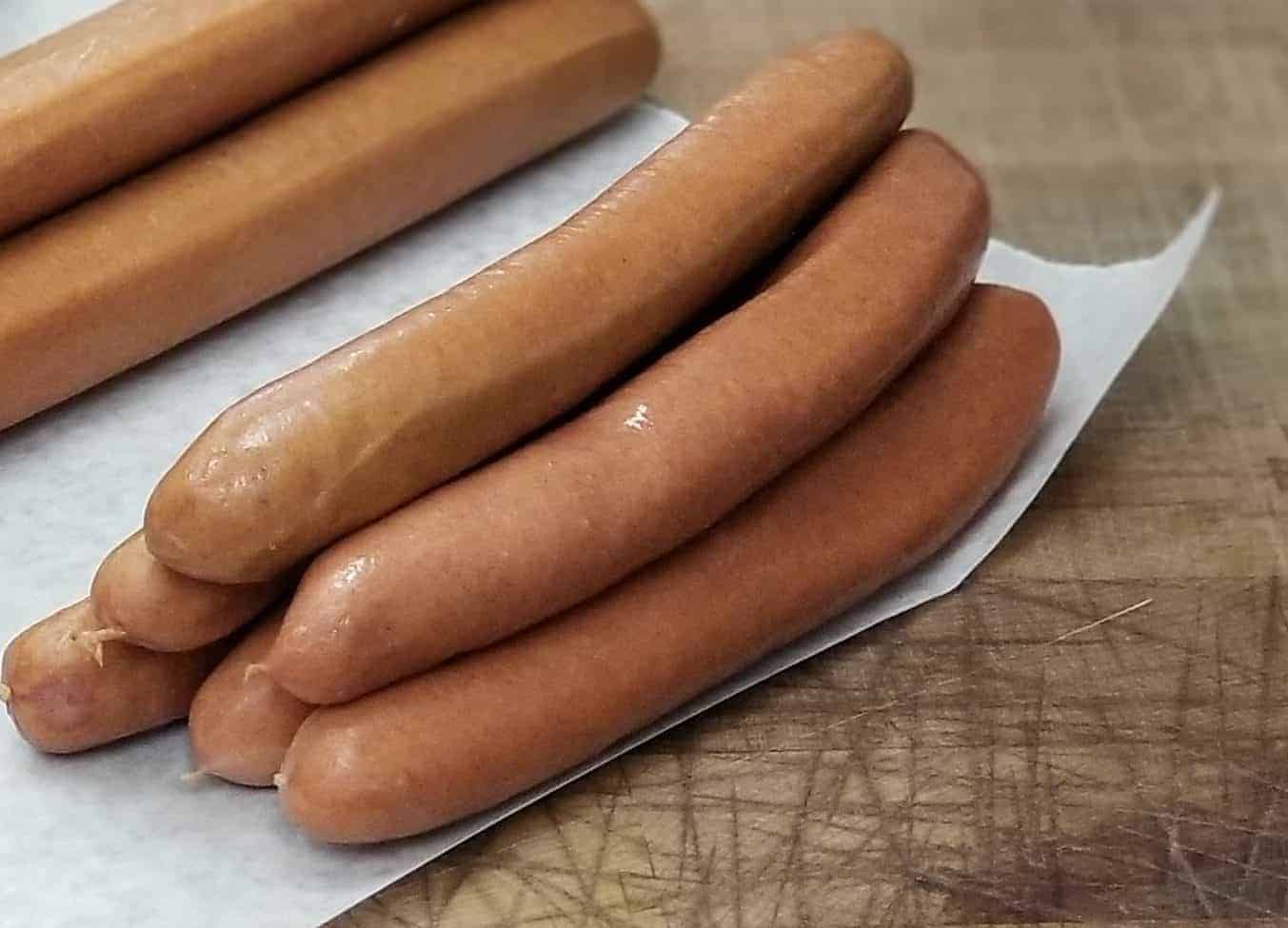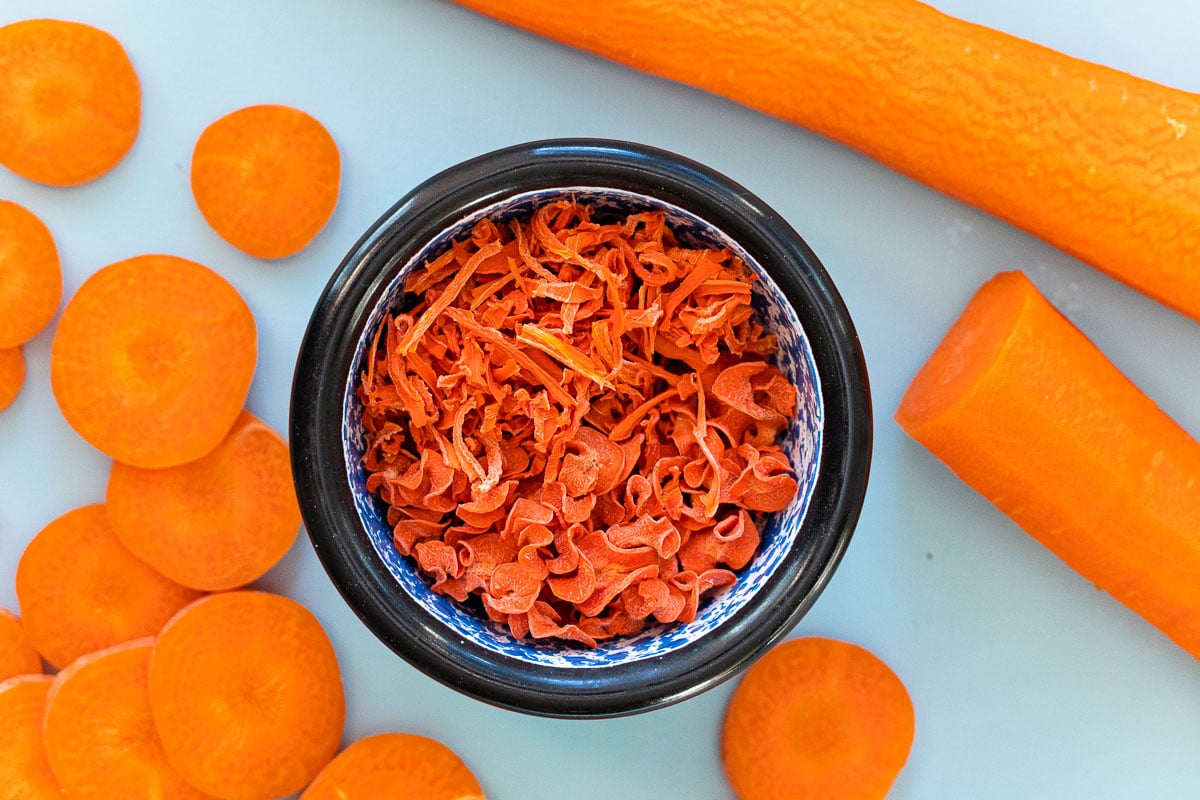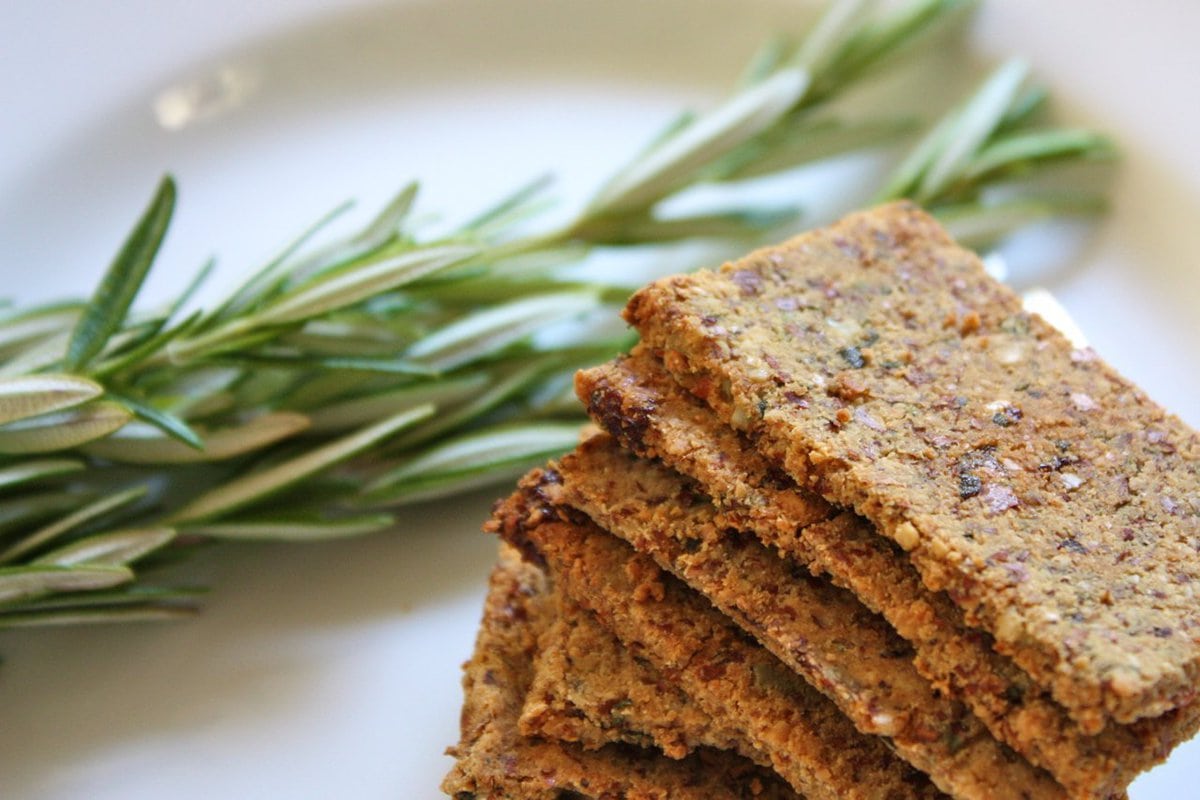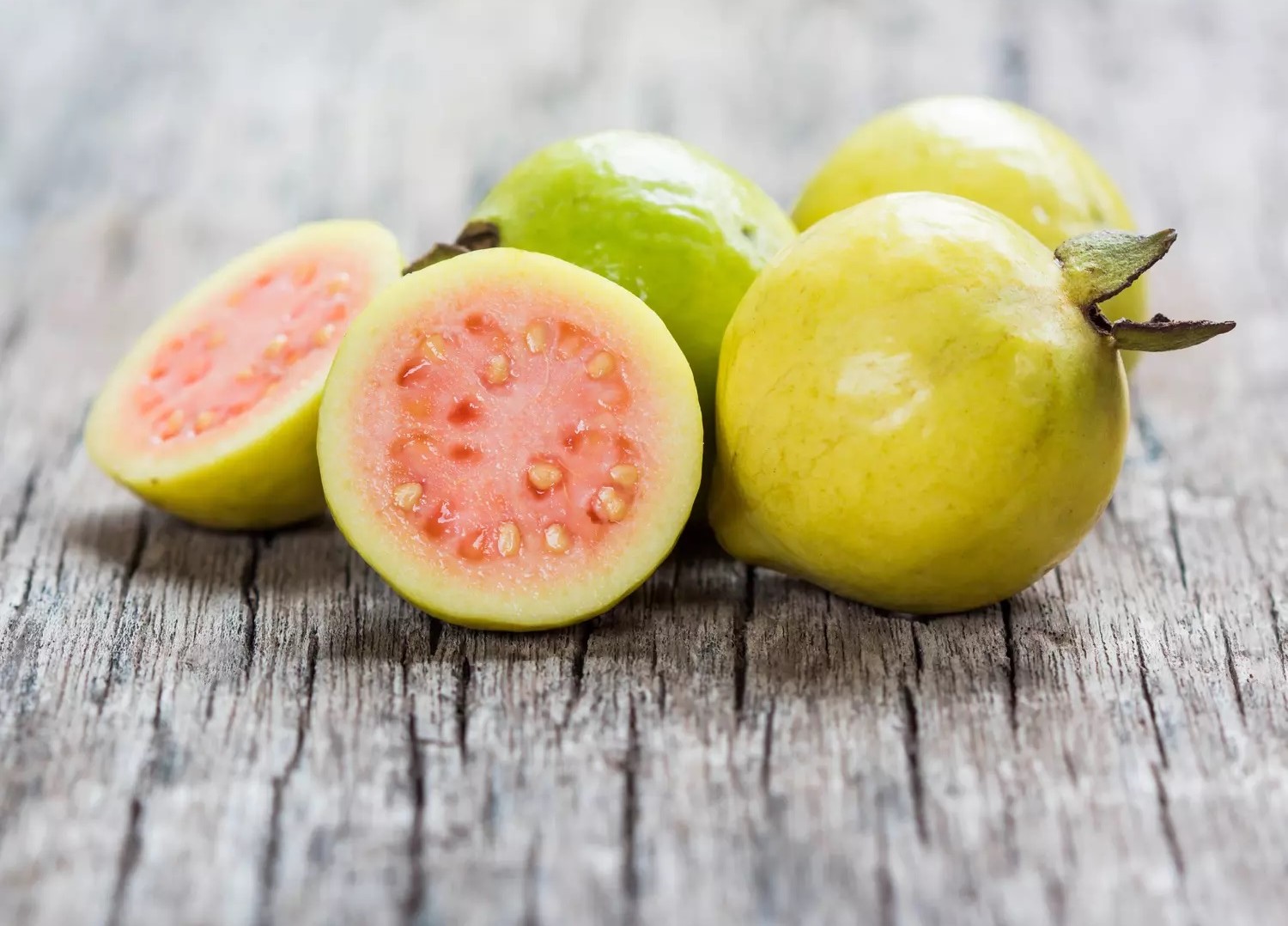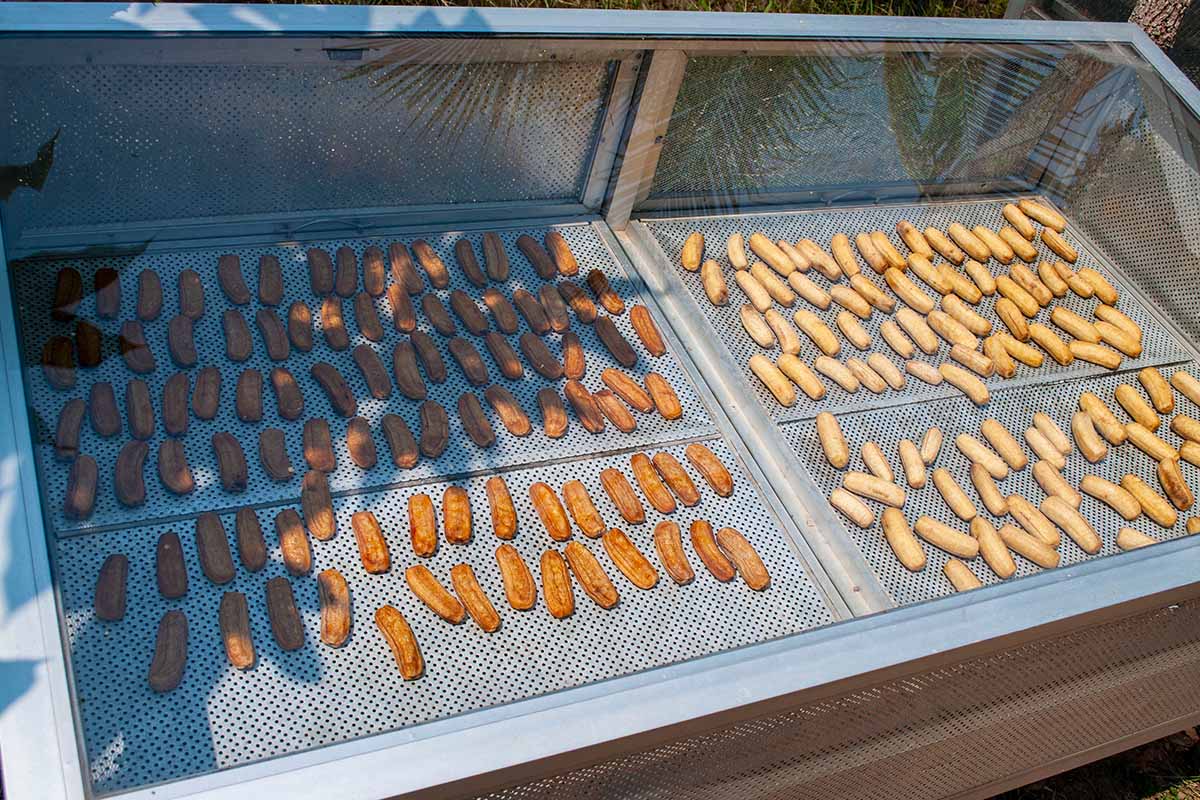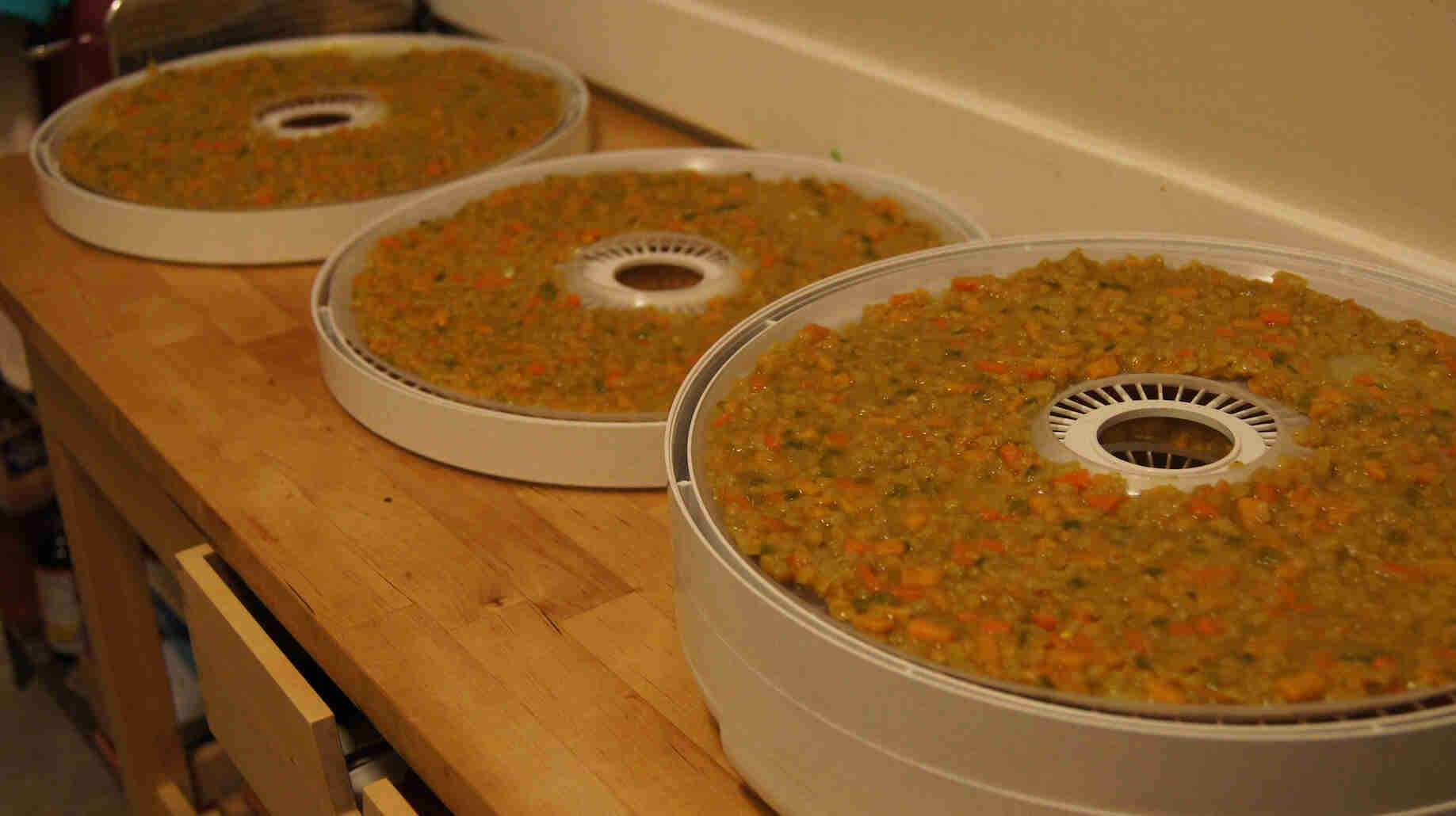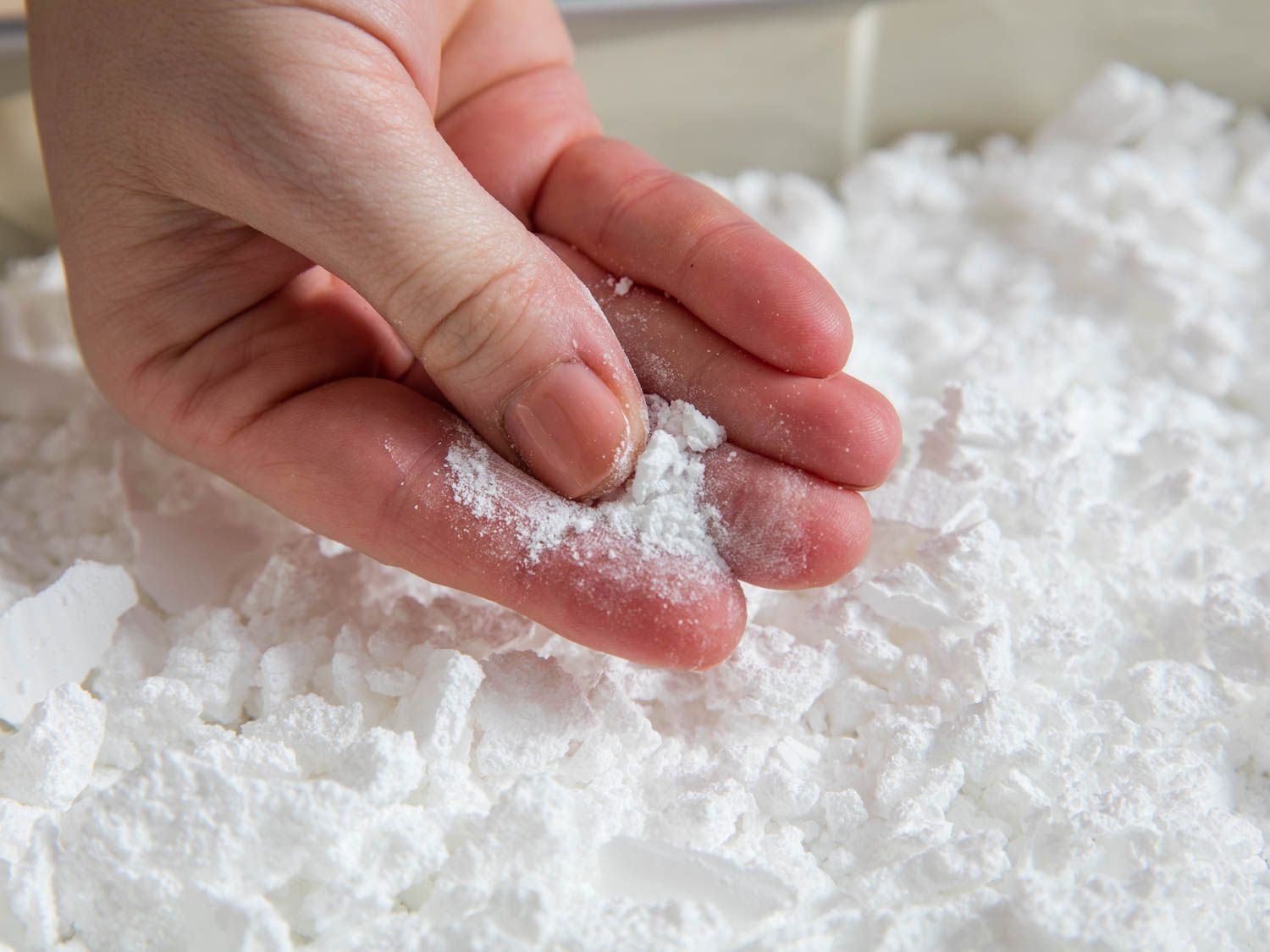Dehydrating Food in a Convection Oven
Dehydrating food is a great way to preserve it and create delicious snacks that are perfect for on-the-go. While there are dedicated food dehydrators available on the market, did you know that you can also dehydrate food using a convection oven? In this article, we’ll explore the process of dehydrating food in a convection oven, and provide you with some helpful tips to get started.
Choosing the Right Foods
Not all foods are suitable for dehydration in a convection oven. It’s best to start with fruits and vegetables that have a high water content, such as apples, bananas, tomatoes, and bell peppers. These foods will dehydrate well and make for tasty snacks.
Preparing the Food
Before you can dehydrate your chosen foods, it’s important to prepare them properly. Wash and slice the fruits and vegetables into uniform pieces. This will ensure that they dehydrate at the same rate, resulting in evenly dried snacks.
Dehydrating Process
Now that your food is prepared, it’s time to start the dehydrating process. Follow these steps:
- Preheat your convection oven to the lowest possible temperature. Most convection ovens have a “dehydrate” setting, so be sure to use that if available.
- Arrange the prepared food on a baking sheet in a single layer. Avoid overcrowding the food to allow for proper air circulation.
- Place the baking sheet in the oven and prop the door open slightly to allow moisture to escape.
- Let the food dehydrate for several hours, checking on it periodically. The exact time will depend on the type of food and the moisture content.
- Once the food is dehydrated, remove it from the oven and let it cool completely before storing.
Storing Dehydrated Food
Proper storage is essential to keep your dehydrated food fresh. After the food has cooled, store it in airtight containers or resealable bags. Be sure to label the containers with the date and type of food to keep track of freshness.
Tips for Success
Here are some additional tips to ensure successful dehydration in a convection oven:
- Rotate the baking sheets halfway through the dehydration process to ensure even drying.
- Use a kitchen thermometer to monitor the oven temperature and make adjustments as needed.
- Avoid dehydrating foods with strong odors at the same time, as the flavors can transfer.
- Experiment with different seasonings and spices to add flavor to your dehydrated snacks.
Conclusion
Dehydrating food in a convection oven is a simple and effective way to preserve and enjoy your favorite fruits and vegetables. With the right preparation and a little patience, you can create delicious, healthy snacks that are perfect for any time of day.
So, the next time you have an abundance of fresh produce, consider dehydrating it in your convection oven for a convenient and tasty snack option.
For anyone looking to get the most out of their convection oven, there are several recipes that are both fun and practical. Try making Dehydrated Apple Chips for a delicious and healthy snack, or Homemade Beef Jerky to enjoy some savory goodness. If you're in the mood for something more colorful, Dehydrated Bell Pepper Strips and Dehydrated Beet Chips are excellent choices, offering vibrant flavors and a satisfying crunch. Lastly, don't miss the chance to make Dehydrated Kale Chips for a nutrient-packed treat. Each of these recipes uses the guide effectively and will help you master the art of dehydration in your convection oven.
